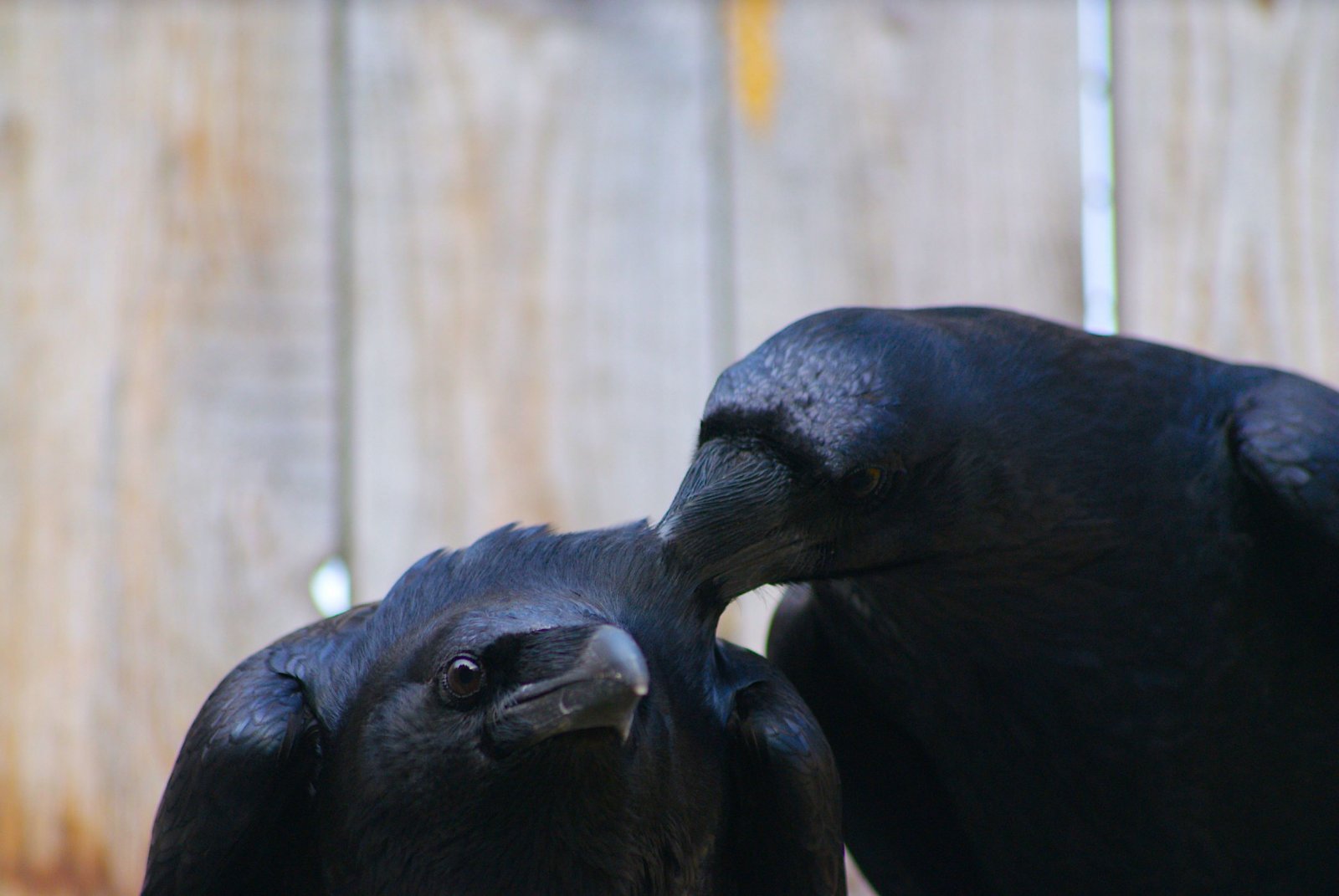Studying the evolution of collaboration in humans in birds
Parallels between humans and birds
Learning something about the evolution of human behavior by watching birds. It may seem far-fetched, but behavioural biologist Jorg Massen of Utrecht University thinks that in certain respects it is more informative than looking at apes.

Research by behavioural biologist Jorg Massen and others shows that there are quite a few similarities between birds and humans. For example, ravens can cooperate very well with each other and blue magpies like to do something for someone else. In this month's scientific journal Ethology, Massen brings his own work and that of international colleagues together as a guest editor in a special edition that discusses only this theme.
The various studies in the issue show clear parallels between apes and the different bird species
The various studies in the issue show clear parallels between apes and the different bird species: from parrot species working together and wanting to do something for someone else, crows and ravens sharing information with each other, up to cockatoos who disagree when someone else doesn't have to do anything for a reward while they have to work hard for it. "So it seems that the different cognitive and emotional adjustments have evolved independently of each other at least twice. And, the complex social systems in which the tested parrots and crow-like birds live – similar to those in which humans and other primates live – may well be the reason why: in a complex social society it can help if you work together, whether you're a human being or a crow", says Massen.
Evolutionary history
"If we find similarities between the behaviour of a chimpanzee and humans, we can assume that our common ancestor already exhibited that behaviour. And even though that tells us something about the evolutionary history of that behavior, it's difficult to find out why that behavior evolved in that ancestor”, Massen continues,“because we know little about that ancestor. By looking at animals that are evolutionarily far away from us, such as birds, we can see whether, in addition to the similarities in behaviour, like cooperation, there are also similarities in the (social) environment that can explain why it evolved independently in both lines. So, yes, by looking at birds we can learn a lot about the evolution of human behavior.”

